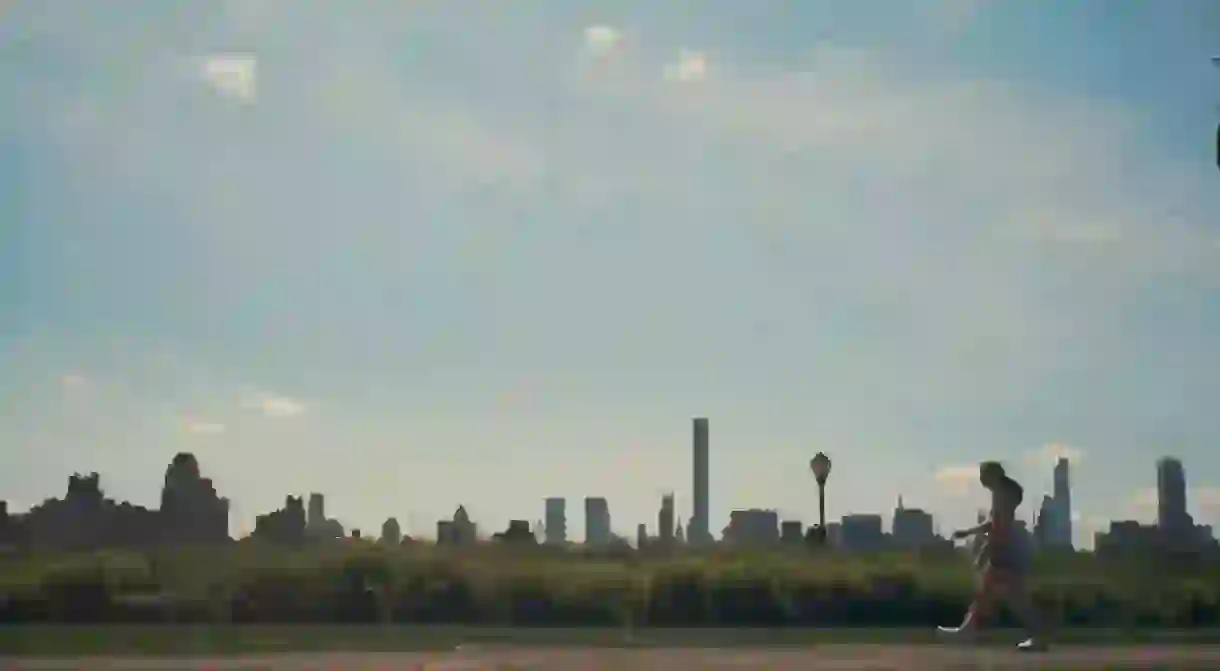History of Central Park in 60 Seconds

From secluded waterfalls to a booming birdlife population, New York City’s Central Park is full of surprises. Perhaps the greatest surprise of all is the humble start of the park, which would go on to become a National Historic Landmark, one of the world’s most filmed locations, and the most visited city park in the United States. A classic rags-to-riches story, this Manhattan mainstay is as much of a quintessential New Yorker as many of its visitors.
When architect and landscape designer Calvert Vaux and his junior partner Frederick Law Olmsted won a design competition in 1858, New York City culture was forever altered, though no one knew it at the time. The pair, who would design Brooklyn’s Prospect Park years later, revolutionized recreation in the city with its ‘Greensward Plan’.
Strategizing ways of improving and expanding upon 778 acres of city-owned land, this plan is largely responsible for creating Central Park as we know it. Carried out from 1858 through the American Civil War, the Greensward Plan expanded the park to its current 843 acres, established its characteristic naturalistic landscape, and implemented distinct circulation systems for pedestrians, horseback riders and vehicles; innovations which are still in use today.
However, this wouldn’t be a true rags-to-riches tale without a few bumps in the road or, as New Yorkers might say, mountains to climb. Following the death of Calvert Vaux and the disbanding of the Central Park Commission, park maintenance, along with quality, fell into decline. For decades, the once glorious green space withered, and the now-famous park was relegated to mere relic status. This changed in 1934, when soon-to-be New York City icon Robert Moses was tasked with restoring the park. In just one year, Moses revamped the park’s appearance, created the iconic Great Lawn, and transformed the neglected landscape into an urban oasis, complete with 19 playgrounds, 12 sports fields, and more.
After making a triumphant return, it didn’t take long for Central Park to establish itself as a global icon. In 1962, the park was awarded status as a National Historic Landmark. Around this same time, The Public Theater chose Central Park’s Delacorte Theater as the home of its world-famous Shakespeare in the Park festival. In fact, even airborne beings can be counted among the park’s fanbase: since its establishment, Manhattan’s most famous green space has welcomed more than 280 bird species from around the world. Hosting Shakespearean actors, feathered friends, and over 25 million visitors each year, Central Park is certainly rich – in characters if not in coins.













